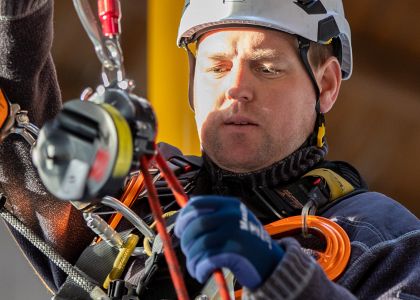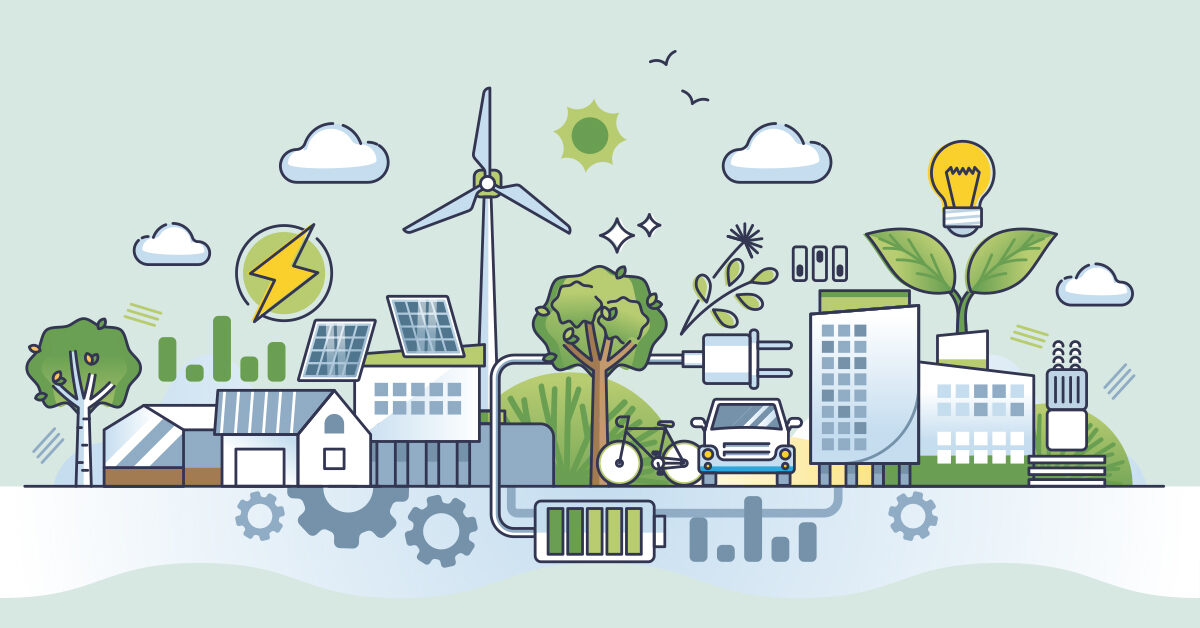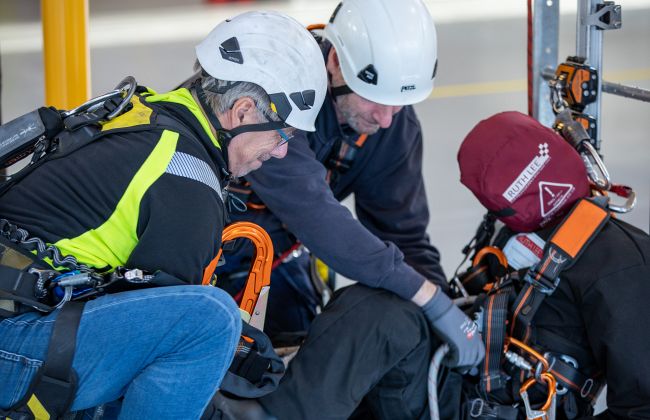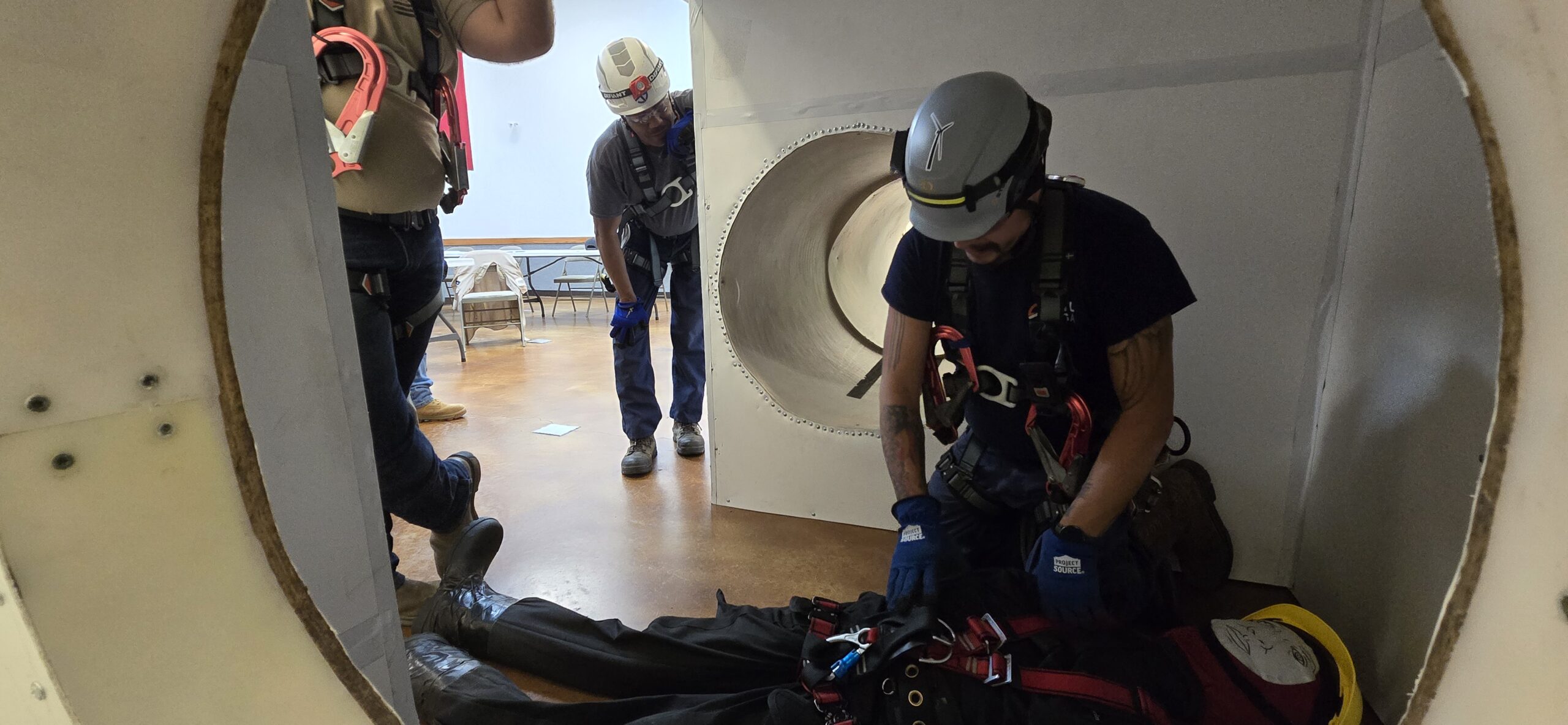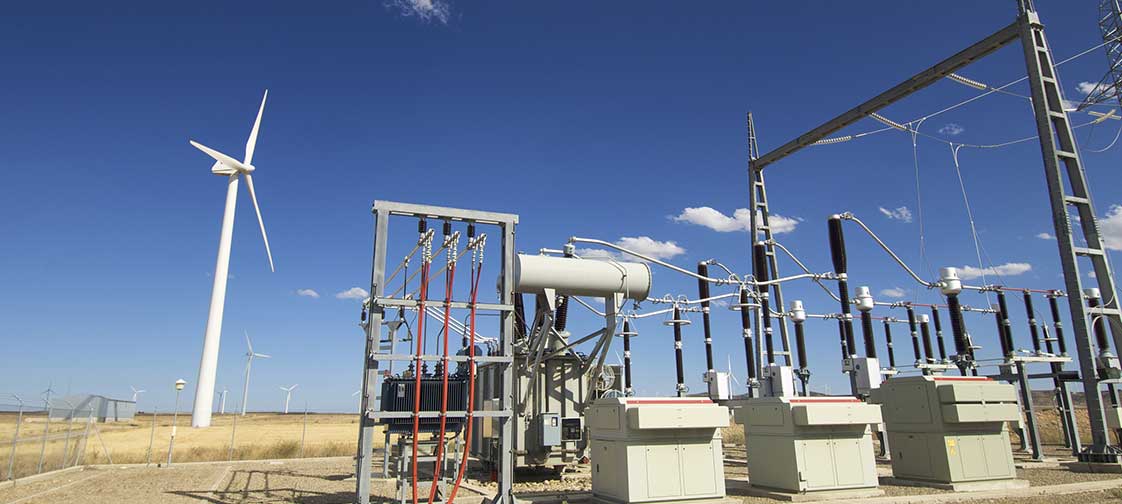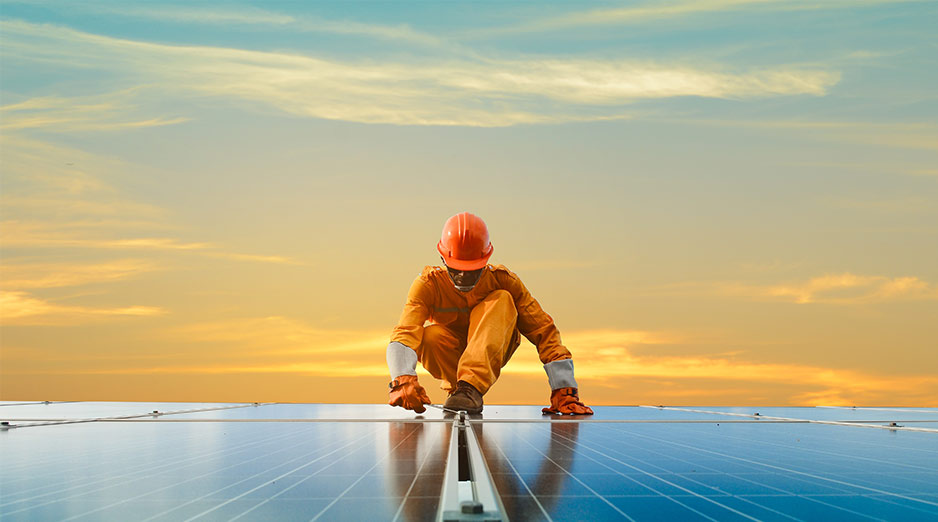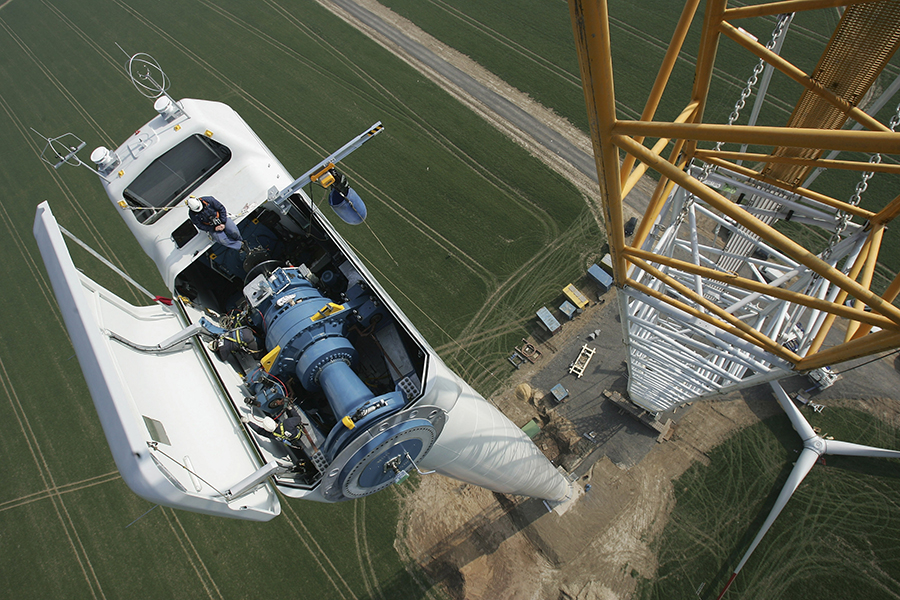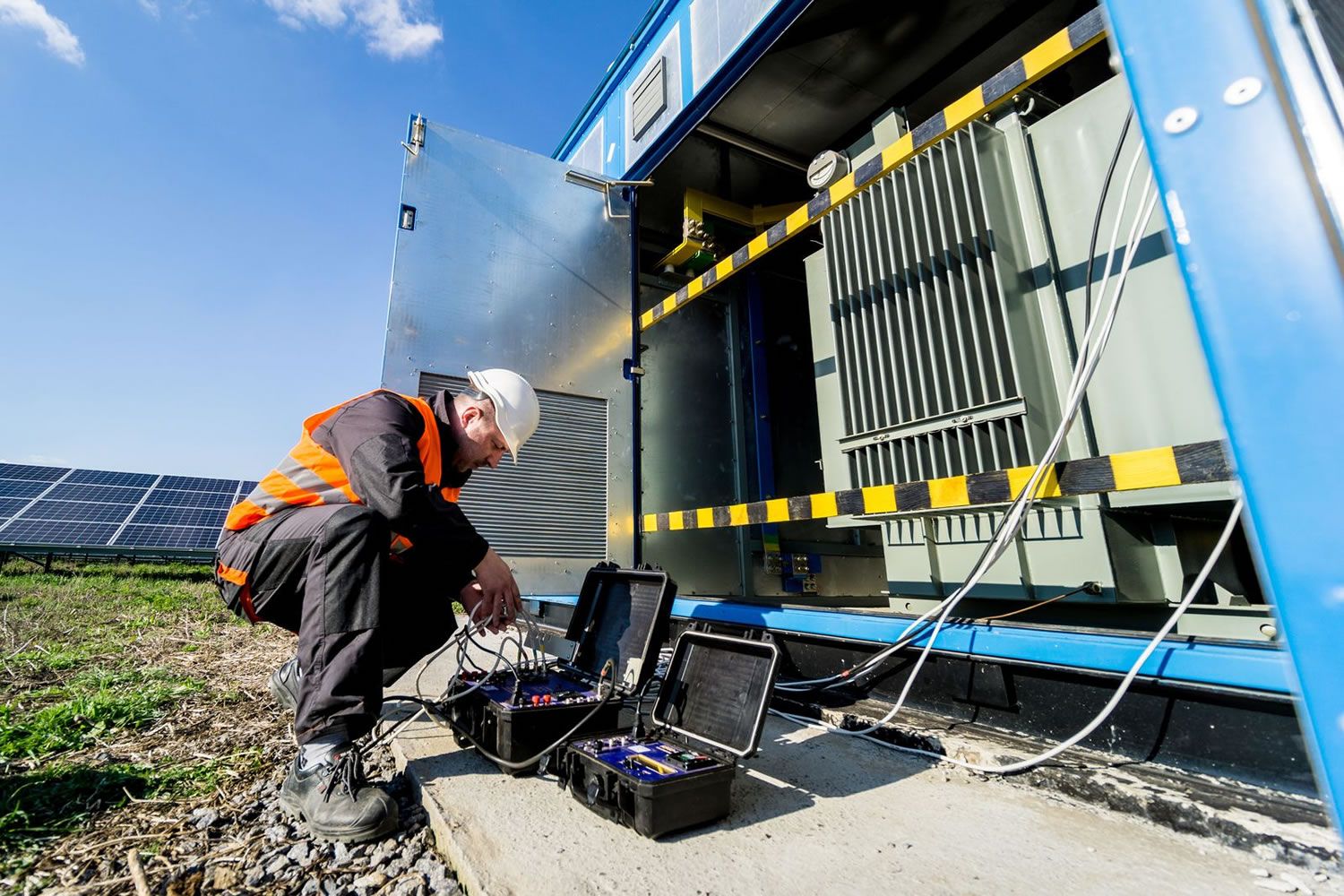The demand for skilled professionals to train the next generation of technicians and engineers has grown alongside the clean energy sector boom of recent years. One of the most critical roles in this ecosystem is that of a wind safety training instructor—an expert responsible for preparing workers for the physical and safety challenges of working in wind turbines, both onshore and offshore.
At STL USA, we work with organizations and individuals across the wind energy sector, and we often get asked: What does it take to become a wind safety instructor? This article outlines the typical journey, from required qualifications to skill-building and certification.
Why Wind Safety Instructors Matter
Wind turbines are complex and hazardous environments. Working at heights, in confined spaces, with electrical systems, and often in extreme weather conditions requires rigorous safety protocols. Wind safety instructors are responsible for delivering standardized training that helps mitigate risks and saves lives.
Step 1: Start with Industry Experience
Before becoming an instructor, it’s essential to have real-world experience in the wind energy sector. Most reputable training providers look for candidates with:
2–5 years of field experience in wind turbine operations or maintenance
Experience working at heights and in confined spaces
Familiarity with common safety practices and incident response protocols
Having a background in other high-risk industries (e.g. oil & gas, construction, marine) may also be acceptable, but wind-specific experience is preferred.
Step 2: Complete the Required Safety Training
To become a certified wind safety instructor, you’ll first need to complete the Global Wind Organisation (GWO) Basic Safety Training (BST) modules. These modules include:
Working at Heights
Manual Handling
Fire Awareness
First Aid
Sea Survival (for offshore instructors)
These modules are the foundation of wind industry safety training and must be refreshed every two years.
Instructors must also complete Enhanced First Aid (EFA) and Advanced Rescue Training (ART) if they plan to deliver higher-level courses. Each of these modules requires practical and theoretical understanding, all aligned to GWO standards.
Step 3: Gain Instructor Certification
Once you’ve completed the necessary GWO modules as a trainee, the next step is to qualify as a GWO-certified instructor.
To do this, you must:
Hold valid certification in the module(s) you wish to teach
Attend Train the Trainer (TTT) programs designed for adult education, instruction design, and delivery
Demonstrate competency in facilitating both classroom and practical training
Undergo assessment and approval by a certified GWO Training Provider or Auditing Body
In some cases, formal teaching or training qualifications such as OSHA-authorized trainer status, NCCER instructor certification, or equivalent vocational teaching credentials may be required or advantageous.
Step 4: Work for or Become a Certified GWO Training Provider
To deliver official GWO training, you must work with a GWO-certified training provider like STL USA. These providers are subject to regular audits to ensure compliance with GWO’s strict quality assurance framework.
As an instructor, your training sessions will need to be:
Delivered using GWO-compliant curricula and materials
Documented in accordance with GWO audit and data systems
Subject to continuous evaluation and improvement based on feedback and new safety data
Step 5: Continue Developing Your Skills
The wind industry evolves rapidly. New turbine technologies, offshore expansion, and stricter safety regulations mean that continuous professional development (CPD) is essential.
Instructors must stay current by:
Attending annual refresher training
Participating in GWO forums and workshops
Keeping up with OSHA, ANSI, and NFPA updates
Practicing instructional delivery and scenario-based training
Building cross-disciplinary skills (e.g., drone inspections, rope access, electrical safety)
Soft Skills Matter Too
Technical qualifications are only half the equation. Great instructors also need strong soft skills, including:
Communication: Ability to explain complex procedures clearly
Situational awareness: Understanding trainee behavior in high-risk simulations
Adaptability: Adjusting to learners’ needs and real-time challenges
Confidence and leadership: Commanding attention while keeping everyone safe
These attributes often come with experience, mentorship, and a deep commitment to safety culture.
Summary: The Wind Safety Instructor Career Path
Becoming a wind safety instructor is a rewarding career for those passionate about renewable energy, safety, and helping others thrive in demanding environments. Here’s a quick recap of the journey:
Gain wind industry experience
Complete core GWO safety training
Undertake instructor-specific training and certification
Work with an approved GWO training provider
Commit to ongoing skill development
At STL USA, we provide not only GWO training but also support for aspiring instructors through mentorship, Train the Trainer programs, and career development resources.
If you’re ready to take your wind industry experience to the next level by becoming a certified safety instructor, get in touch with our team today. Together, we can raise the standard of safety—one technician at a time.
Interested in training to become a wind safety training instructor?
Find out more, hit the EMAIL US button.


